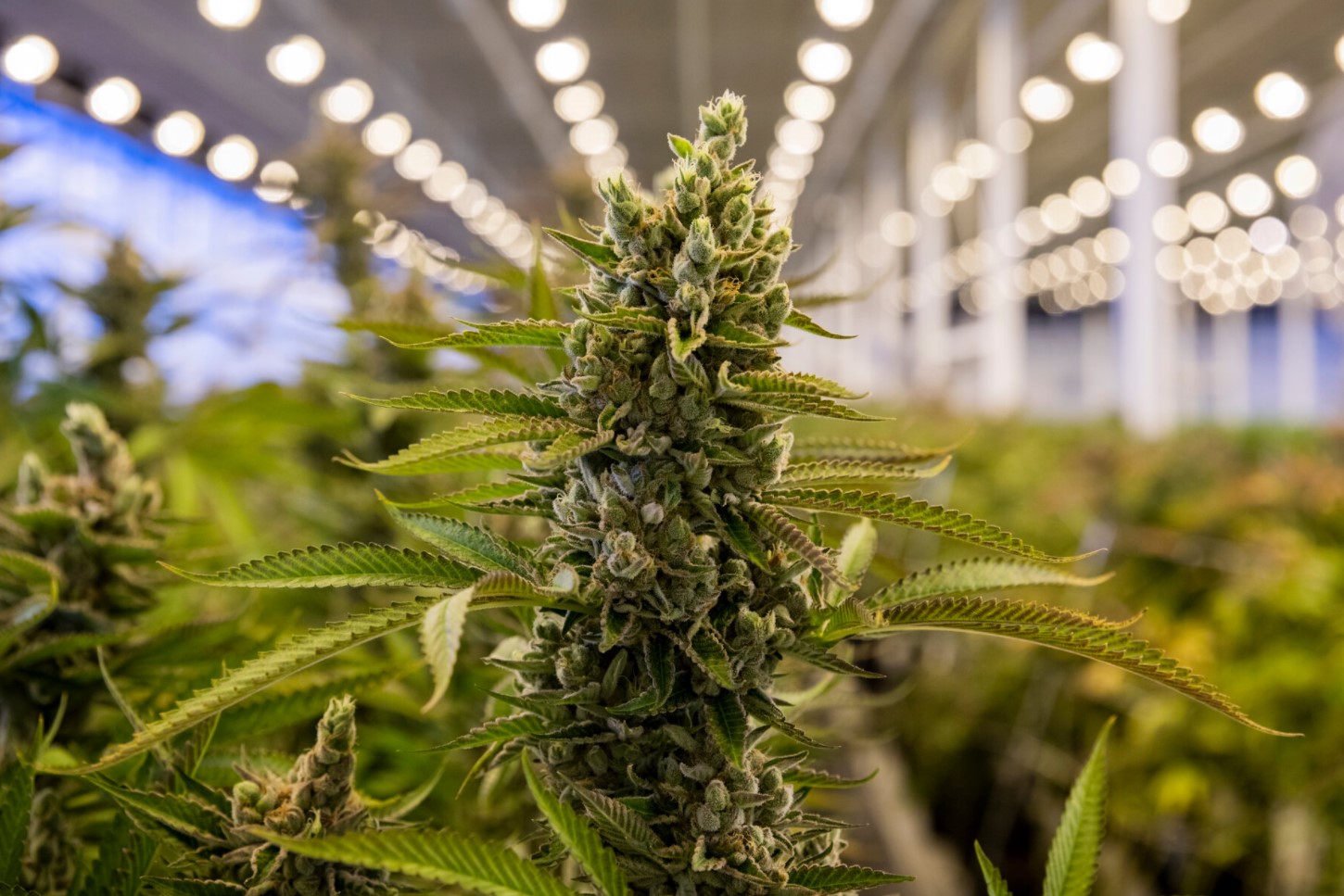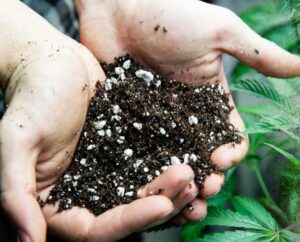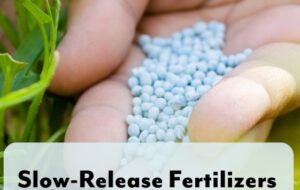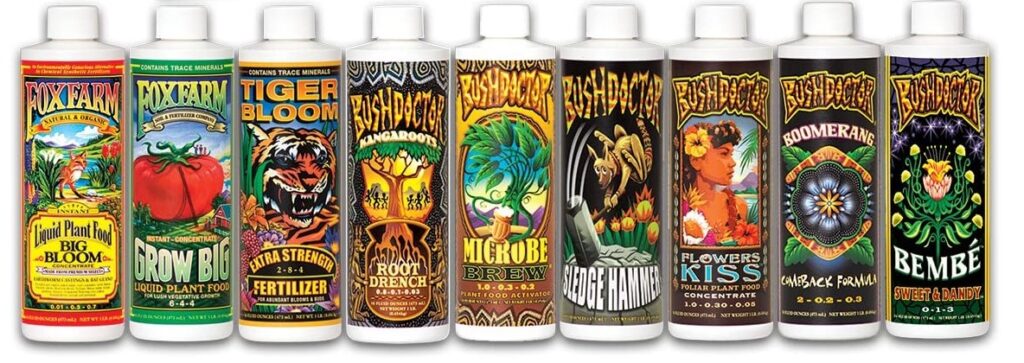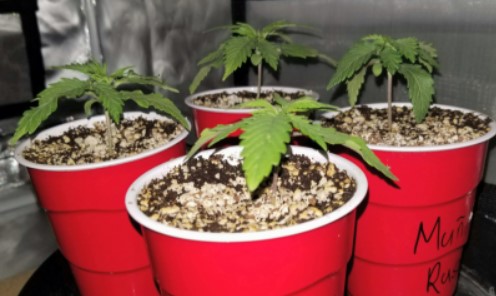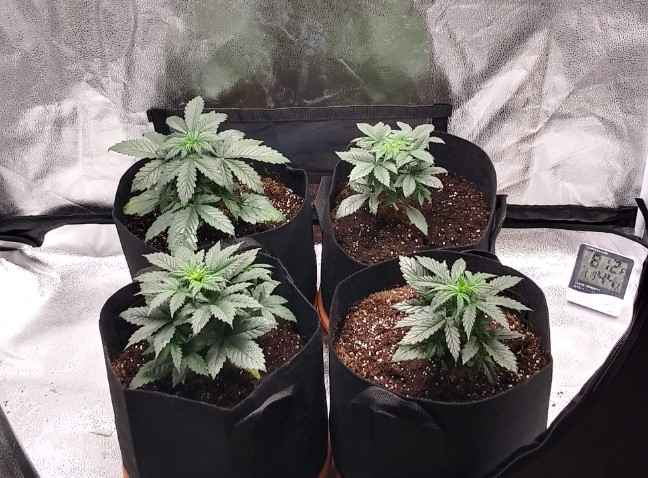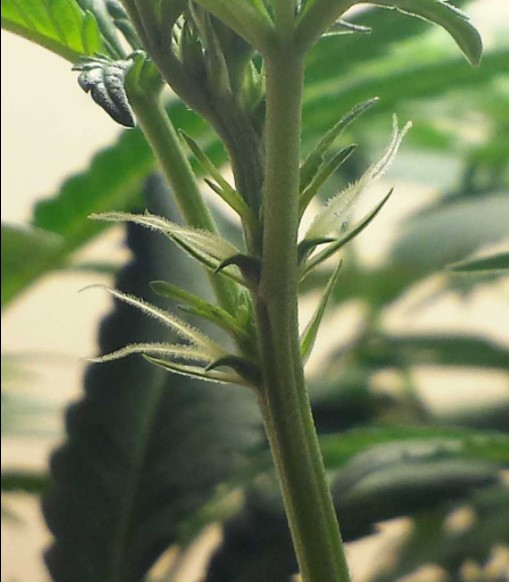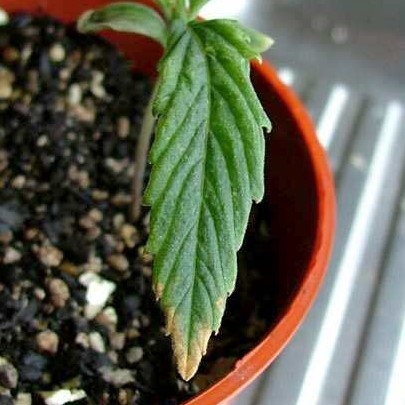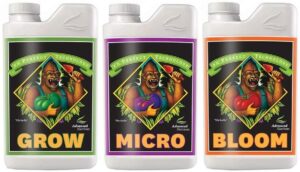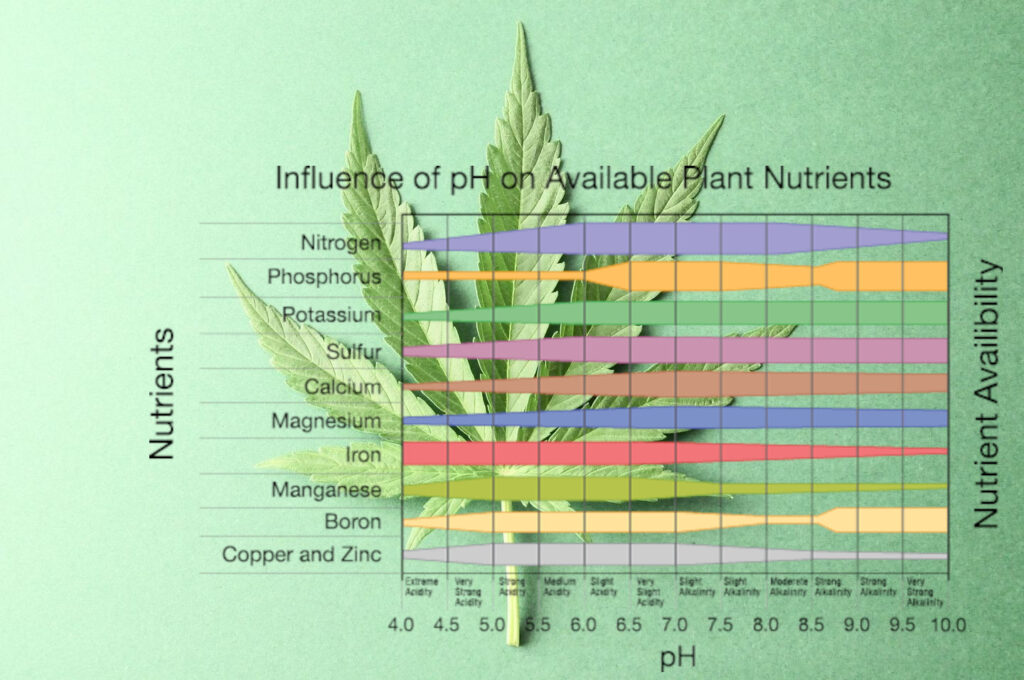Embark on a thrilling journey into the realm of autoflowering cannabis cultivation! In this enlightening guide, we unravel the fascinating science behind providing the perfect nutrients for autoflowers. Prepare to delve into the intricacies of plant health, growth optimization, and the secrets that will elevate your cultivation prowess.
TABLE OF CONTENTS
Understanding Nutrients for Autoflowers
Organic vs. Inorganic Nutrients
Nutrients for Each Growth Stage
Nutrient Overfeeding and Underfeeding
Flushing and When to Stop Feeding
Best Cannabis Nutrient Brands for Autoflowers
Sequence for Mixing Nutrients for Cannabis
Why Choose Autoflowers?
Autoflowering cannabis plants offer several advantages over photoperiod strains, making them an attractive choice for growers. These advantages include:
1. Resilient Genetics
Autoflowers possess genes from Cannabis Ruderalis, which make them highly resilient to environmental factors. These plants can withstand colder temperatures, higher altitudes, and inclement weather more effectively than photoperiod strains.
2. Discreet Size
Autoflowers tend to be smaller in stature, making them more discreet and easier to conceal, both indoors and outdoors. This characteristic is particularly beneficial for growers seeking a low-profile cultivation setup.
3. Nutrient Efficiency
Autoflowers generally require fewer nutrients compared to photoperiod plants. This simplified feeding schedule not only reduces the cost of cultivation but also minimizes the risk of overfeeding and nutrient burn.
4. Rapid Lifecycles
Unlike photoperiod strains that take several months to reach harvest, autoflowers have significantly shorter lifecycles. With the ability to go from seed to harvest in as little as 10 weeks, autoflowers offer quicker turnaround times for cultivators.
5. Versatility in Lighting
Autoflowers do not rely on specific light cycles to transition from vegetative growth to flowering. This flexibility allows growers to maintain a consistent lighting schedule throughout the plant’s lifecycle, simplifying the cultivation process.
6. Perpetual Harvest Potential
Autoflowers are ideal for implementing a perpetual harvest routine, where multiple plants are at different stages of growth in the same grow room. This setup ensures a continuous supply of fresh buds without the need for separate vegetative and flowering rooms.
Understanding Nutrients for Autoflowers
For optimal growth and robust yields, autoflowering cannabis plants, like their photoperiod counterparts, require specific nutrients at various stages of their life cycle. Understanding the unique nutritional needs of autoflowers is crucial to cultivating healthy and productive plants.
Autoflowers, much like other cannabis varieties, demand primary nutrients known as macronutrients in varying proportions. These essential elements include:

Nitrogen (N):
Nitrogen plays a pivotal role in the vegetative phase of autoflowers, driving the development of the plant during this crucial growth stage. As a vital component of chlorophyll, nitrogen enables the plant to convert sunlight into energy, promoting robust vegetative growth. Additionally, nitrogen is integral to amino acids, serving as the building blocks for proteins, which are essential for maintaining the structural integrity of the plant.

Phosphorus (P):
Essential for the production of large, healthy buds, phosphorus is a key nutrient during the flowering phase of autoflowers. It provides the necessary building blocks for the plant’s structure as it transitions from root development to the production of flowers. Insufficient phosphorus can lead to underdeveloped roots and a potential failure to flower. Early signs of phosphorus deficiency may manifest as a purple hue in the leaf veins.
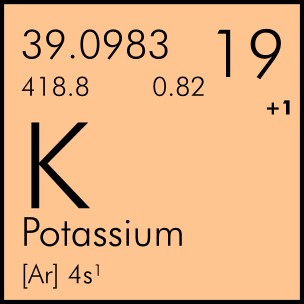
Potassium (K):
Potassium plays a multifaceted role in maintaining the overall health and growth of autoflowers. It contributes significantly to osmoregulation, actively regulating water and salt concentration within the plant. By controlling the opening and closing of stomata, potassium facilitates the exchange of CO2, H2O, and oxygen. Additionally, potassium triggers the production of ATP, storing the energy generated during photosynthesis and ensuring a readily available fuel source for the growing plant. Insufficient potassium may result in weakened plants exhibiting signs of energy deprivation and burnt appearances due to compromised regulation of gas exchange.
In addition to these macronutrients, autoflowers also require micronutrients in smaller quantities:

Calcium (Ca):
Responsible for maintaining the structural integrity of a plant’s cell walls, calcium is essential for proper development. Without sufficient calcium, new growth may be stunted, and the plant may exhibit abnormal features such as curled leaves and red spots.

Magnesium (Mg):
Serving as a crucial component of chlorophyll, magnesium is vital for the conversion of sunlight into glucose through photosynthesis. It also aids in the metabolism of glucose, ensuring it is readily available for plant growth. Inadequate magnesium levels can result in yellowing leaves, with discoloration extending to the veins.
Understanding and providing the right balance of these nutrients throughout the autoflowering cannabis life cycle is key to achieving optimal growth, maximizing yields, and ensuring a healthy and thriving harvest.
1. Organic vs. Inorganic Nutrients for Autoflowers
When deciding between organic and inorganic nutrients for autoflowers, it’s essential to understand how each approach influences the growth and overall health of these unique plants.
Organic Nutrients: Cultivating a Rich Ecosystem
Organic nutrients take a holistic approach, fostering a thriving soil ecosystem where microorganisms play a vital role. In this method, beneficial microbes break down complex organic matter into simpler forms, creating a nutrient-rich environment for the plants. Autoflowers, in particular, benefit from this symbiotic relationship as it mirrors their natural habitat.
The advantages of using organic nutrients include:
- Enhanced Flavor: The gradual release of nutrients by microorganisms contributes to improved flavor profiles in autoflowers, producing a more nuanced and enjoyable end product.
- Reduced Risk of Overfeeding: The natural breakdown process mitigates the risk of overfeeding, providing a buffer against nutrient imbalances that can harm autoflowers.
- Soil Health: Organic nutrients promote soil health, fostering an environment that supports not only plant growth but also the well-being of the entire ecosystem.
Inorganic Nutrients: Precision and Efficiency
Inorganic or synthetic nutrients offer a more direct and controlled approach to feeding autoflowers. These nutrients are formulated to deliver precise amounts of essential elements directly to the plant’s roots, ensuring a rapid and targeted response. While inorganic nutrients can yield faster results, they require vigilant monitoring to prevent issues like nutrient burn.
Key considerations for inorganic nutrients include:
- Faster Results: Inorganic nutrients are readily available to plants, leading to quicker absorption and potentially faster growth compared to organic counterparts.
- Optimal Plant Health: When used judiciously, inorganic nutrients can provide the precise elements needed for autoflower growth, contributing to robust plant health.
- Monitoring Requirements: Due to their concentrated nature, inorganic nutrients demand careful monitoring to prevent overfeeding, which can result in nutrient burn and other adverse effects on autoflowers.
2. Slow-Release Nutrients for Autoflowers
While slow-release nutrients can be convenient for certain types of gardening, they are generally not recommended for cannabis cultivation, including autoflowers. Cannabis, including autoflowers, has specific nutrient requirements at different stages of its life cycle, and slow-release fertilizers might not provide the precise and timely nutrient delivery that cannabis plants need.
Here are a few reasons why slow-release nutrients may not be ideal for cannabis:
- Limited Control: Slow-release fertilizers release nutrients gradually over an extended period. This limited control over nutrient release may not align with the dynamic nutrient needs of cannabis plants, especially during rapid growth phases.
- Risk of Overfeeding: Cannabis plants are sensitive to nutrient levels, and slow-release fertilizers can increase the risk of overfeeding. As the nutrients are released slowly, it may be challenging to adjust or correct imbalances promptly.
- pH and Nutrient Interactions: Cannabis plants prefer specific pH levels for optimal nutrient uptake. Slow-release fertilizers might alter the pH of the growing medium over time, potentially affecting nutrient availability and uptake.
- Customization Challenges: Cannabis cultivators often tailor nutrient formulations to the specific needs of their plants. Slow-release fertilizers offer limited customization, and growers might find it challenging to adjust nutrient ratios based on the plant’s growth stage.
3. Bottled Nutrients for Autoflowers
Bottled nutrients, available in liquid form, dominate the cannabis cultivation scene for their convenience. While widely used, they come with considerations every autoflower grower should bear in mind:
Pros:
- Precision Control: Liquids offer accurate nutrient dosing for tailored feeding.
- Variety: Numerous brands and formulations cater to diverse preferences and cultivation methods.
- Accessibility: Easily available, making them a go-to choice for many growers.
Cons:
- Risk of Overfeeding: Liquid nutrients demand careful dosing to avoid overfeeding, which can harm plants.
- Synthetic Nature: Most bottled nutrients are synthetic, lacking the organic complexity of soil ecosystems.
Precautions:
- Start Small: Initiate with a lower dose than recommended, gradually increasing based on plant response.
- Monitor Diligently: Regularly observe plant health and adjust dosages promptly to prevent nutrient imbalances.
Conclusion: While bottled nutrients provide efficiency and control, cautious application is key. Understand your plant’s needs, monitor closely, and adjust dosages accordingly for a successful autoflower harvest.
Nutrients for Autflowers Required for Each Growth Stage
Autoflowers progress through various growth stages, each with specific nutrient requirements. Let’s explore the nutrient needs and recommended feeding schedules for each stage.
1. Seedling Stage Nutrients for Autoflowers
The seedling stage is a pivotal phase in fostering the plant’s root system and ensuring overall vitality. Striking the perfect balance between nutrient provision and avoiding overfeeding is paramount during this period. Here’s a suggested feeding approach for the seedling stage:
Week 1: Watering with a focus on maintaining hydration without introducing additional nutrients.
Week 2: Continue with a regimen of plain water, emphasizing the importance of allowing the seedling to acclimate and establish its root structure.
| Nutrient PPM | Nutrient EC | Soil pH | Hydroponics pH | NPK Ratio |
|---|---|---|---|---|
| 100-250 | 0.2-0.5 | 6.0-6.5 | 5.5-6.0 | 2-1-1 |
In instances where the growing medium already contains pre-amended nutrients, such as nutrient-enriched soil, supplementary feeding might not be requisite during the seedling stage. Nevertheless, it is imperative to closely observe the plant’s health and make adjustments as necessary, recognizing that even during this early phase, the balance between hydration and nutrient intake plays a crucial role in setting the foundation for robust growth.
2. Vegetative Stage Nutrients for Autoflowers
To foster robust vegetative growth and empower cultivators with a deeper understanding, consider the following enhanced feeding schedule for the vegetative stage:
| Nutrient PPM | Nutrient EC | Soil pH | Hydroponics pH | NPK Ratio |
|---|---|---|---|---|
| 500-700 | 1.0-1.4 | 6.0-6.5 | 5.5-6.0 | 3-2-4 |
Week 3: Introduce a modest amount of vegetative nutrients at a ratio of 1/8 to initiate the plant’s transition into the growth phase.
Week 4: Gradually increase the nutrient concentration to 1/4, promoting a steady progression in nutrient availability to support expanding foliage and overall plant development.
During the vegetative stage, prioritize the provision of essential nutrients, notably nitrogen (N), phosphorus (P), and potassium (K). These elements play pivotal roles in leaf development, energy transfer, and overall structural integrity. To refine your approach, closely observe the plant’s response and heed visual cues of nutrient requirements.
Monitor the plant’s health indicators, such as leaf color, size, and overall vigor. Adjust the nutrient dosage judiciously based on these observations, fostering a proactive and responsive approach to the unique needs of your cannabis plants during this critical growth phase. By fine-tuning nutrient levels in accordance with your plants’ feedback, you empower yourself as a cultivator to optimize conditions for vigorous vegetative growth, setting the stage for a successful and bountiful cultivation journey.
3. Pre-flowering and Flowering Stage Nutrients for Autoflowers
Optimizing nutrient ratios during the pre-flowering and flowering stage is crucial as your autoflower transitions from vegetative growth to bud development. To provide actionable guidance for a successful harvest, growers often weigh two options regarding flushing practices. Consider the following refined feeding schedule, taking into account both flushing and non-flushing approaches:
| Nutrient PPM | Nutrient EC | Soil pH | Hydroponics pH | NPK Ratio |
|---|---|---|---|---|
| 900-1100 | 1.8-2.2 | 6.0-6.5 | 5.5-6.0 | 1-5-5 |
Week 5: Initiate the transition with a blend of 1/4 vegetative nutrients and 1/8 bloom nutrients, laying the foundation for budding.
Week 6: Progress into the flowering stage by adjusting the nutrient composition to 1/4 bloom nutrients and 1/8 vegetative nutrients, fostering early bloom development.
| Nutrient PPM | Nutrient EC | Soil pH | Hydroponics pH | NPK Ratio |
|---|---|---|---|---|
| 1100-1300 | 2.2-2.6 | 6.0-6.5 | 5.5-6.0 | 1-6-6 |
Flowering
Week 7: Continue supporting bud formation with 1/4 bloom nutrients, ensuring a steady nutrient supply for optimal flowering.
Week 8: Growers opting for flushing can intensify nutrient support for blossoming buds by increasing the concentration to 1/2 bloom nutrients. Those choosing not to flush can maintain a steady nutrient dosage.
Week 9: For flush proponents, sustain the heightened nutrient dosage with 1/2 bloom nutrients to meet the increasing demands of maturing buds. Those avoiding flushing can continue their regular nutrient regimen.
Week 10: Growers who flush gradually ease off vegetative nutrients with 1/8 bloom nutrients, maintaining the focus on flowering elements. Those not flushing can adjust nutrient levels based on the plant’s response. Cannabis plants near the end of their life cycle sometimes consume reduced levels of nutrients.
Week 11: For those choosing to flush, conclude the cultivation journey by flushing the plant with plain water. This step is believed to remove any excess nutrients, contributing to a cleaner finish. Growers who opt not to flush can conclude the cycle without a specific flushing period, allowing the plant to naturally utilize remaining nutrients. This approach aligns with the understanding that nutrients, not metabolized into the plant tissues, play a role in biochemical processes.
As your plant progresses through the flowering stage, strategically adjusting nutrient ratios ensures an optimal balance for robust bud development and overall plant well-being. By tailoring your nutrient approach to the evolving needs of your autoflower and considering both flushing options, you empower yourself to make informed decisions that align with your cultivation goals, enhancing the potential for a successful and rewarding harvest.
4. Nutrient Overfeeding and Underfeeding
Both nutrient overfeeding and underfeeding can negatively impact autoflowering cannabis plants. Overfeeding can lead to nutrient burn and toxicity, while underfeeding can result in stunted growth and nutrient deficiencies. It’s crucial to monitor the plant’s response and adjust nutrient dosage accordingly. Here are some signs and symptoms of nutrient overfeeding and underfeeding:
Nutrient Overfeeding Symptoms:
- Nitrogen: Greener leaves, weak branches, reduced water uptake
- Phosphorus: Burned leaf tips, thin leaves, spots on leaves
- Potassium: Burned leaf tips, curling of lower leaves, spots on leaves
- Calcium: Stunted growth, wilting leaves
- Magnesium: Dark green leaves, stunted growth
Nutrient Underfeeding Symptoms:
- Nitrogen: Yellowing leaves, curled leaves, small leaves
- Phosphorus: Dark spots on leaves, curled leaves, slow growth
- Potassium: Weak branches, rusty color on leaves, slow flowering
- Calcium: Curling on lower leaves, slow flowering, yellowish-brown spots on leaves
- Magnesium: Dried out leaves, rust spots on leaves, sickly appearance
To avoid nutrient imbalances, start with a lower nutrient dosage and gradually increase as needed. Regularly observe the plant’s health and adjust feeding accordingly to ensure optimal growth.
5. Flushing and When to Stop Feeding
The decision on whether to flush your plants before harvest is a point of contention among growers, and it often depends on personal preferences and cultivation practices. Here are the two options to consider:
Option 1: Flushing Before Harvest
Flushing refers to the practice of rinsing out excess nutrients from the plant’s roots and growing medium to potentially enhance the aroma, flavor, and overall quality of the buds. Many growers who choose to flush typically initiate this process 1-3 weeks before harvest, though the exact timing can vary based on the strain and environmental conditions.
To flush the plant, water it with plain pH-balanced water, allowing it to drain freely. This process is repeated until the runoff water is clear and free of nutrients. The duration of flushing may be adjusted based on personal preference and strain characteristics.
Option 2: Not Flushing Before Harvest
Some growers, particularly those using organic nutrients, may opt not to flush their plants. This decision is influenced by the belief that the plant’s natural metabolic processes will adequately utilize and dissipate any remaining nutrients without the need for a specific flushing step. In such cases, the plant is sustained with its regular nutrient regimen until harvest.
Ultimately, the decision to flush or not depends on your personal preferences and desired outcomes. Experimentation and observation of your specific plant’s response can guide you in determining the approach that aligns best with your cultivation goals.
The Best Cannabis Nutrient Brands for Autoflowers
The market is filled with a wide range of nutrient brands, each claiming to offer the best results. While personal preference and availability play a role in choosing the right brand, here are some reputable nutrient brands worth considering:
1. Advanced Nutrients: Renowned for their cutting-edge nutrient formulas and extensive research, Advanced Nutrients stands out as a top choice among cultivators. Their diverse product range addresses various nutrient needs, emphasizing innovation for optimal plant health and yield.
2. Canna Nutrients: Canna is dedicated to maximizing nutrient uptake and efficiency, offering nutrient lines specifically tailored for cannabis cultivation. Their formulas are grounded in scientific research and field testing, providing cultivators with reliable solutions for achieving desired results.
3. Fox Farms: As one of the oldest and most reputable nutrient and substrate companies, Fox Farms has earned the trust of growers worldwide. Their nutrient lines accommodate different growing methods, reflecting a commitment to producing high-quality products that stand the test of time.
4. General Hydroponics: A pioneer in the hydroponic nutrient market, General Hydroponics has a legacy of offering reliable and user-friendly nutrient formulas. Grounded in scientific principles, their nutrient lines are designed to provide optimal nutrient delivery for cannabis plants, making them a go-to choice for many cultivators.
5. House & Garden: Rooted in horticultural expertise, House & Garden provides nutrient lines specifically crafted for cannabis cultivation. Their formulas undergo rigorous scientific research, ensuring optimal nutrient uptake and efficiency to support robust plant growth.
These are just a few of the many nutrient brands available in the market. It’s important to research and experiment with different brands to find the one that best suits your cultivation needs and preferences.
Sequence for Mixing Nutrients for Cannabis:
- Water Quality:
- Start with pH-balanced water (around 6.0-7.0).
- Cal-Mag (Calcium and Magnesium) and Micro Nutrients:
- If using Cal-Mag, add it first.
- Follow with micro nutrients, ensuring a strong foundational base.
- Main Nutrients (NPK):
- Introduce main NPK nutrients after CalMag and Micro nutrients.
- pH Adjustment:
- Adjust the pH after adding all nutrients.
- Aim for the optimal pH range to facilitate nutrient absorption.
- Monitor and Adapt:
- Regularly monitor your plants for any signs of nutrient deficiencies or excesses.
- Adjust your nutrient mix as needed based on your plants’ specific requirements.
This sequence ensures a systematic and effective approach to nutrient mixing, allowing your cannabis plants to receive the essential elements in a well-organized manner throughout their growth stages.
In Conclusion
Nourishing autoflowering cannabis plants requires a deep understanding of their unique nutritional needs at each growth stage. By tailoring the feeding schedule and choosing the right nutrients for autoflowers, growers can optimize plant health, maximize yield, and produce high-quality buds.
Consider factors such as organic vs. inorganic nutrients, slow-release vs. bottled nutrients, and the specific nutrient requirements of each growth stage. Monitor the plant’s response and adjust the nutrient dosage accordingly to avoid overfeeding or underfeeding.
Furthermore, choose reputable nutrient brands that align with your cultivation goals and preferences. Brands like Advanced Nutrients, Canna Nutrients, Fox Farms, General Hydroponics, and House & Garden offer reliable nutrient solutions backed by scientific research.
With a thorough understanding of autoflowering cannabis plants’ nutritional needs and the right nutrient choices, you can cultivate healthy, vigorous plants that reward you with abundant harvests. Remember to always observe your plants, be attentive to their cues, and make adjustments as needed to ensure optimal growth and yield. Happy growing!

